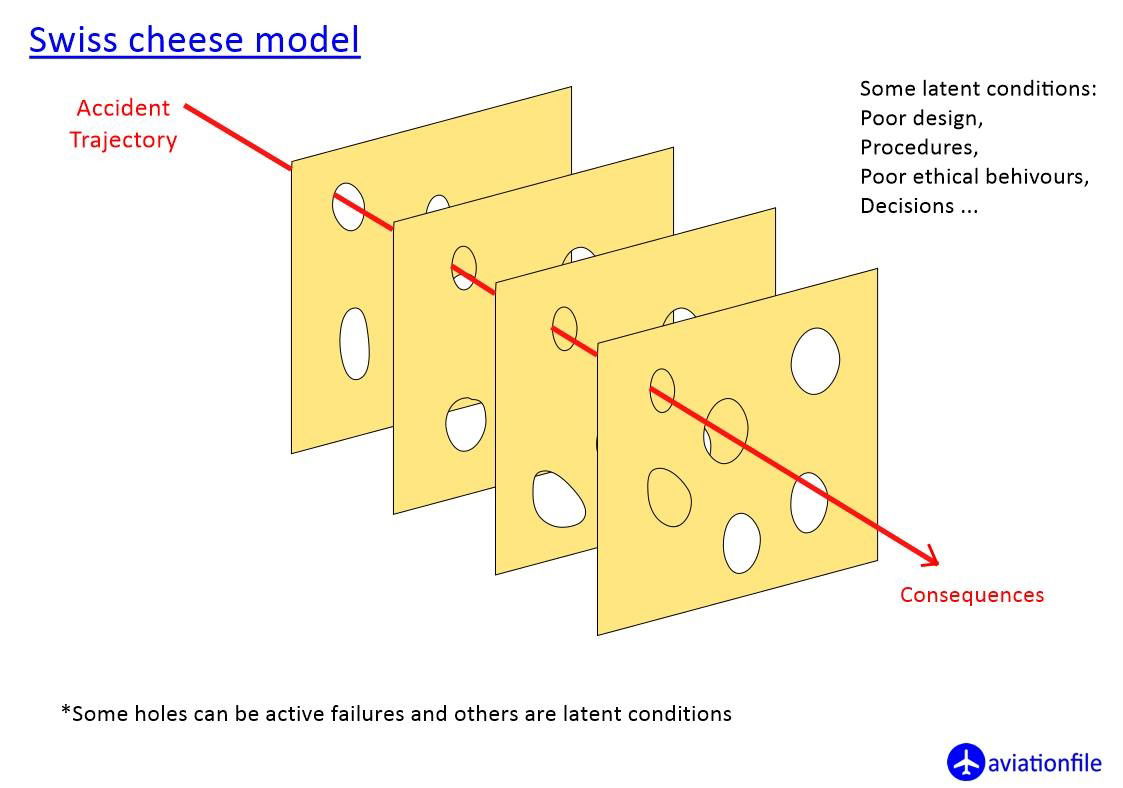Swiss Cheese Aviation Accident Framework
Updated on

Ever seen the Swiss Cheese Model from aviation safety? It’s a perfect metaphor for marketing fails. Each “slice” is a defense—your emails, funnels, sales pages, customer support—but every one has holes. When those holes line up, boom… your campaign crashes.
Why It Works
- It shows that big disasters rarely come from one mistake.
- Forces you to audit multiple weak links, not just the obvious one.
- Helps teams see how process, training, and design stack (or fail) together.
- Makes complex failures visual and simple to explain.
Marketing Examples
- A checkout page error + bad retargeting = lost sales.
- Misaligned ad messaging + poor landing copy = low conversions.
- A/B test misread + email bug = failed product launch.
- Sales miscommunication + unclear refund policy = angry customers.